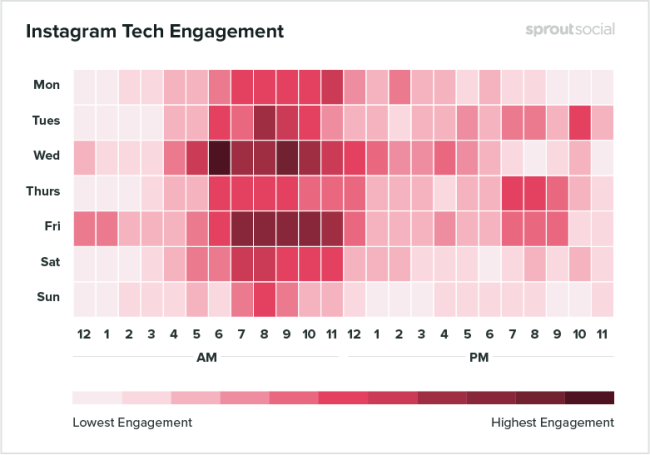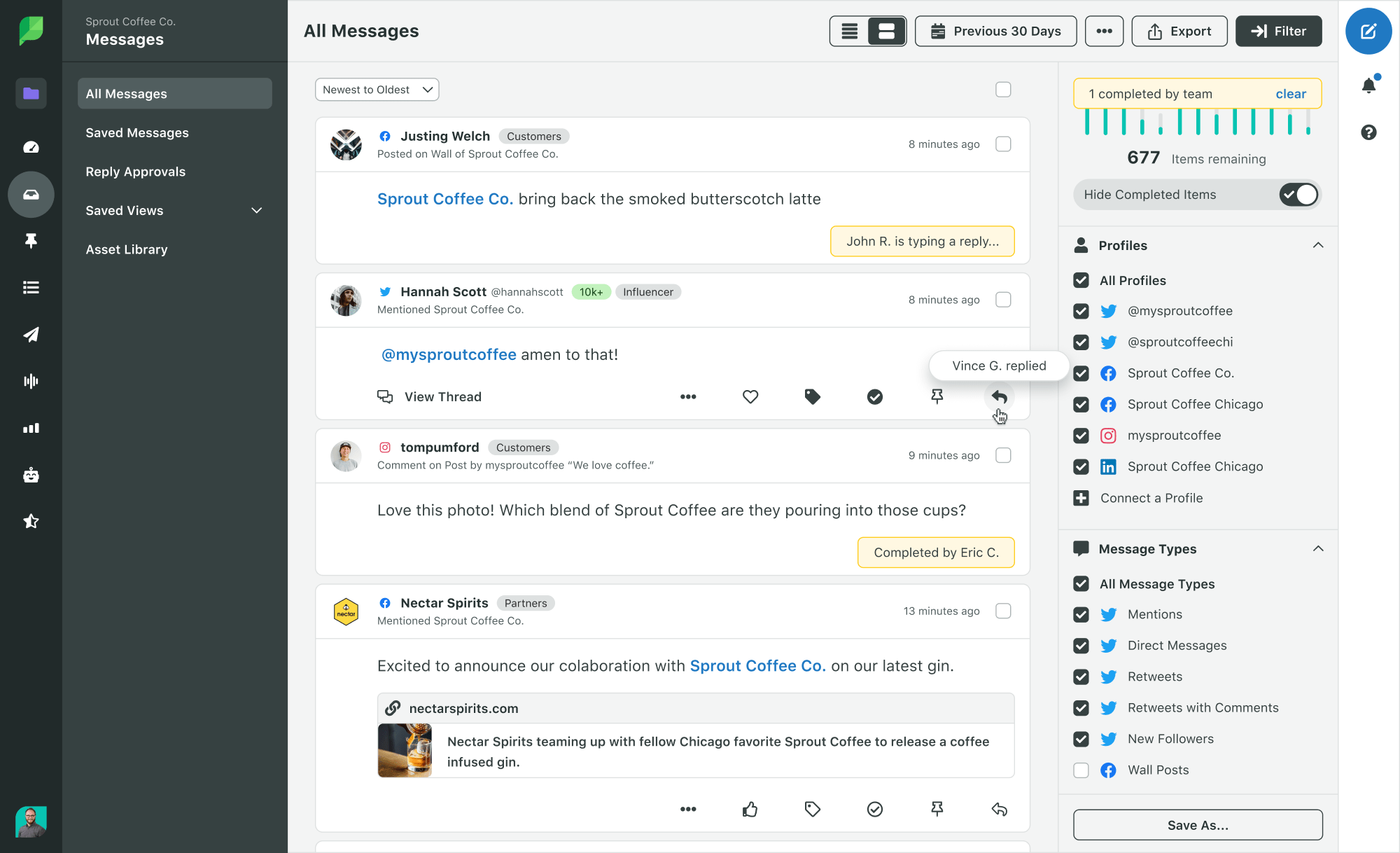
What is engaged content? Simply put, engaging content is content that adds value and enriches the lives of your readers. Engaging content doesn't have to be lengthy or complex. All that matters is that it's useful and relevant to the lives of your readers. While we hear a lot of talk about relevance and engagement, what exactly is engaging content? What is the value of your content? This article will address some of the key elements which make content compelling for readers.
Interactivity
Interactive content is an effective strategy for building brand awareness. Interactive elements allow users to personalize content and contribute to the creation of valuable business content. Interactive content tools such as quizzes and free quotes, video experiences, and surveys can increase brand awareness and user engagement. The more people engage with your content, the higher your conversion rate will be. And, with a higher conversion rate, you'll be able to convert your reader into a customer.

Storytelling
Storytelling is a powerful tool for content creation. First, audiences are much more likely to remember stories than they will facts or data. Second, stories activate the auditory cortical brain, which has a positive effect on consumer attitudes. Engaging in a story can cause brain activity that lasts for days. Third, the brain is naturally capable of filtering out noise. This makes it easier for people to understand and retain stories. To make it easier for your audience and to follow the story, you should avoid using complex words and jargon.
Powerful words
Writing for the Internet requires you to use powerful words and engaging content. These words have strong emotional associations and can elicit responses from your readers. These words are known as trigger words and can be used to improve your SEO rankings, increase sales, and drive website traffic. Here are some examples of how you can use these words in your content. In addition to enhancing your web content's readability, using power words can also increase conversion rates.
Personalization
If you want to increase conversions, engage customers, and improve brand perception, you must make your content personal. This strategy will increase conversion rates for your business by 50% and revenue by 5- to 15%. It can also improve marketing efficiency by 10%-30%. These are some of the ways you can personalize what you write:
Infographics
Here are some tips to engage readers if infographics are being used on your website. Infographics are a great way to simplify complex topics in a simple format. Consider the structure and content for your website before you choose an infographic template. It should flow smoothly and naturally. Informational infographics are long sections that are mostly text-based, while process infographics have a list format. These kinds of infographics are perfect for summaries of "listicles" or how-to guides.

Case studies
A case study is a great way to show the effectiveness and efficiency of your product. These case studies can include both quantitative and qualitative data and give a detailed account on how a client used your product to accomplish its goals. You want case studies to show your readers the buyer's journey. This begins with a captivating title. Include visuals to draw the reader in, and always include a call to action (CTA).
FAQ
What is one of the main goals of content marketing?
Content marketing is all about providing customers with valuable and relevant information. This can be done by various channels like email campaigns, whitepapers, or blog articles. It is important to provide value to your target audience.
How do you make content that is good?
It is important to have interesting, useful and shareable content. The best content has a clear call to action, such as a link or button that allows readers to sign up for a free trial, read more about a product, or purchase something from your site. Your content should include visuals to be easily shared on all platforms.
How do you create an effective content marketing strategy?
To create an effective content marketing plan, first, determine what kind of content you want to produce. Next, identify your target market and the ways they use the internet. Next, identify which channels best reach your target market. Next, find the right keywords and create compelling copy to promote each piece of content.
What content marketing agencies offer the best services?
Many content marketing agencies have years of experience in creating content strategies and delivering them to their clients.
Their knowledge can save you tons of time and effort by providing a comprehensive plan based on your needs.
You shouldn't assume all agencies are equipped with the necessary skills. Some agencies specialize in niches like eCommerce. Others focus on specific industries such as law firms.
Ask them to identify the areas that they specialize in, and then find the right agency.
Is content marketing easy to measure?
Yes! Measuring results is part of the process. This helps you to determine if your efforts were successful or if you need to make adjustments.
You can track which visitors came from different sources (emails, social media, paid advertisements, etc.) and track conversions, such as sales leads and purchases.
These metrics will show you which pieces performed well and highlight your most important opportunities.
How many hours should I devote to content marketing each week?
It depends on the situation. You might not have to spend much time on content marketing. You will need to spend at least an hour a day if your goal is to increase traffic to your website.
Where should I start when it comes to Content Marketing?
Your audience is the first step. What are their needs? Which are their needs How can you assist them? Knowing who you are writing for will help you decide where to put your efforts.
Statistics
- This marketing strategy landed Ford a 15.4% conversion rate. (neilpatel.com)
- Companies that use content marketing see approximately 30% higher growth rates than businesses not using it. (mailchimp.com)
- According to our research, brand awareness, attracting traffic, and generating leads remain the key content marketing goals in 2022. (semrush.com)
- According to our research, 65% of companies with very successful content marketing in 2021 ran content audits at least twice a year. (semrush.com)
- In fact, would pay more for a better customer experience, and 86% of B2B buyers would pay more. (neilpatel.com)
- Forty-seven percent of buyers view 3 to 5 pieces of content before engaging with a sales representative. (mailchimp.com)
- According to research compiled by Coschedule: Companies that publish 16+ blog posts a month get as much as 3.5x as much traffic as those that publish 0-4 posts a month. (criteo.com)
- An example of an overarching goal could be: "In 2022, we want to achieve a 20% increase in revenue created by organic content and generate 15,000 MQLs with a budget of $30,000." (semrush.com)
External Links
How To
How can you make videos more exciting?
Video Marketing is one the most powerful tools in Content Marketing. It allows you to communicate with your audience, engage them emotionally, and build trust. How do we turn boring into awesome? Let's dive into some simple tips!
-
Tell a story. Storytelling is the core of any communication. Without storytelling, video marketing is not possible. You must decide what stories you want. Is it educational? Educational? Inspiring? It's easy to find inspiration on social media. These stories can be a source of inspiration and you can use them to inspire your own.
-
Use images. Images help convey emotions faster than words. They enable us to communicate with others and feel empathy. So don't forget to include images in your videos. You can add pictures to your slideshows or embed them directly in your blog posts.
-
Make it easy to share. Make it easy for your viewers to share the message. Your videos should include sharing buttons. Add social icons in your slideshows. And if you're working on a YouTube channel, consider adding "Share" boxes to your videos.
-
Don't overdo it. If you have too many graphics and too much information, your viewer might lose interest. Keep it simple. A few striking images are enough to catch attention and keep it.
-
Keep it brief. People love short videos. If you want to create a buzz around your brand, try creating bite-sized videos that are only 5 minutes long.
-
Get feedback. Listen to your audience. Ask your audience to share their experiences and tell you what they like. Ask them for their feedback to improve your content.
-
Make a plan. Once you've created your first video, think about how you can create more. Can you create a series? Perhaps you could create a playlist of the most popular videos.
-
Test, test, test. It is not good to publish a video and then discover that nobody has seen it. Before releasing any video, test it on your audience. Find out what reactions you get. Make changes based upon these results.
-
Repeat. Repeat steps 1-8 until you find the perfect formula. Once you are familiar with the basics, you can create incredible videos time and time again.
-
Measure results. It's important to measure the success of your videos. How did they perform? Which types of viewers prefer certain videos? These questions can help you refine your strategy.
-
If necessary, make adjustments. You can't stop learning after your video campaign is live. Learn from your mistakes and adjust your plans as necessary. The best marketers always look for ways to improve.
-
Enjoy it. Video marketing isn't hard, but it does take patience. With experience you will discover new strategies, techniques, ideas, and methods to help you grow business.